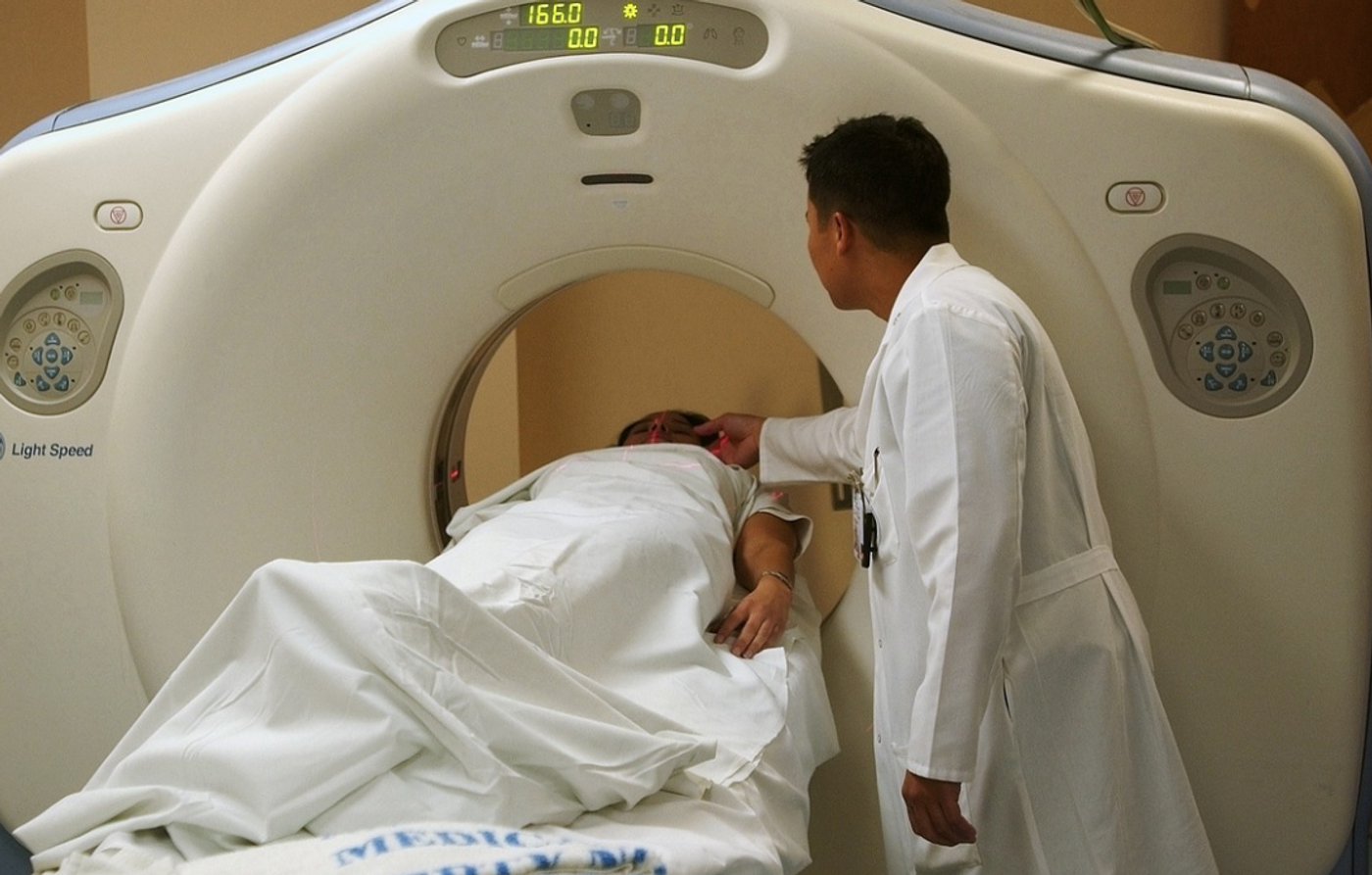Improved Prostate Cancer Detection - A New Gold Standard?
New research has shown that a prostate cancer detection method using positron-emitting tomography (PET) and computerized tomography (CT) imaging with a novel tracing agent is a big improvement over MRI, which is now the standard method for detecting intermediate and high-risk prostate cancer cases. This new approach was able to accurately identify tumor location and margins in 45 percent of cases, while MRIs can do so 28 percent of the time. The findings have been reported in JAMA Oncology.
"This is very important because we make a lot of treatment decisions based on where the cancer is in the prostate," noted senior study author Adam Kinnaird, MD, PhD, the Frank and Carla Sojonky Chair in Prostate Cancer Research at the University of Alberta, among other appointments.
When the prostate is being removed, but the cancer has also moved outside of the organ, surgeons can broaden their margins slightly so that no cancer cells are left behind in the body, Kinnaird explained. Radiation treatments can be boosted at the center of the cancer to control it better as well.
"This imaging test gives us a better degree of accuracy in terms of where exactly we need to treat," said Kinnaird.
The tracing agent used in this approach is called 18F-PSMA-1007. It is injected into the patient's bloodstream, and is then tracked with PET/CT scanning.
In this work, the researchers used both PET/CT and MRI scans on 134 volunteers who were due for surgery that removes the prostate gland, as well as tissues and lymph nodes that are nearby. The actual tumors that were removed during the surgeries were then compared to the predictions made by the PET/CT and MRI methods. This effort showed that the PET/CT method was far better than MRI.
While patients are exposed to a small amount of radiation during this procedure, no adverse events were reported.
Kinnaird expects PET/CT scans to replace many other detection methods and become the new gold standard, which will benefit patients by helping to reduce the number of hospital visits and time spent waiting for results.
Another clinical trial is already investigating whether PET/CT scans might be used to guide another procedure in which cancer cells in the prostate are destroyed, called ablation.
Since Black men in Alberta with prostate cancer tend to be diagnosed two years earlier than other men, Kinnaird is recommending that these individuals should be offered routine screening at age 45 instead of 50.
Men of African and Caribbean descent who live in North America have double the lifetime risk of prostate cancer compared to Caucasian men. Indigenous men also tend to have fewer prostate cancer tests and face worse outcomes compared to other men. Access to healthcare (or lack of it) is probably affecting these individuals significantly.
"The crux of it is that if you can detect it at an early, localized, treatable stage, we have a cure rate of 95 percent or greater. But if you wait until the cancer metastasizes, then we currently do not have any cures available," said Kinnaird. "When detected late, it is now a lethal disease."
Sources: University of Alberta, JAMA Oncology









